Rising Cybersecurity Threats
The increasing frequency and sophistication of cyber threats in Canada is a primary driver for the unified threat-management market. Organizations are facing a surge in ransomware attacks, phishing schemes, and data breaches, which necessitate robust security solutions. In 2025, it is estimated that cybercrime could cost Canadian businesses over $10 billion annually. This alarming trend compels companies to invest in comprehensive security measures, including unified threat-management systems, to safeguard their digital assets. The unified threat-management market is thus experiencing heightened demand as businesses seek to mitigate risks and protect sensitive information from evolving threats.
Growing Adoption of Remote Work
The shift towards remote work in Canada has significantly influenced the unified threat-management market. As organizations embrace flexible work arrangements, the attack surface for cyber threats expands, necessitating enhanced security protocols. In 2025, approximately 30% of Canadian employees are expected to work remotely, creating a pressing need for integrated security solutions that can protect remote access points. Unified threat-management systems offer a consolidated approach to security, enabling organizations to manage threats effectively across diverse environments. This trend is likely to drive growth in the unified threat-management market as businesses prioritize securing remote work infrastructures.
Rising Awareness of Cybersecurity Risks
There is a growing awareness of cybersecurity risks among Canadian businesses, which is significantly impacting the unified threat-management market. As high-profile data breaches make headlines, organizations are becoming more cognizant of the potential repercussions of inadequate security measures. In 2025, surveys indicate that over 70% of Canadian companies plan to increase their cybersecurity budgets. This heightened awareness is driving demand for unified threat-management solutions, as businesses seek to implement comprehensive strategies to protect their assets. The unified threat-management market is thus likely to experience robust growth as organizations prioritize cybersecurity in their operational strategies.
Increased Regulatory Compliance Requirements
The evolving landscape of regulatory compliance in Canada is a crucial factor driving the unified threat-management market. Organizations are increasingly required to adhere to stringent data protection laws, such as the Personal Information Protection and Electronic Documents Act (PIPEDA). Non-compliance can result in hefty fines, potentially reaching up to $100,000 for organizations. As a result, businesses are investing in unified threat-management solutions to ensure compliance with these regulations. The unified threat-management market is thus positioned to benefit from this trend, as companies seek to implement comprehensive security measures that align with legal requirements.
Technological Advancements in Security Solutions
Technological advancements are reshaping the unified threat-management market in Canada. Innovations in security technologies, such as advanced threat detection and response capabilities, are enhancing the effectiveness of unified threat-management systems. In 2025, the market is projected to grow at a CAGR of 12%, driven by the demand for more sophisticated security solutions. Organizations are increasingly recognizing the value of integrating cutting-edge technologies into their security frameworks. This trend indicates a shift towards proactive security measures, positioning the unified threat-management market for substantial growth as businesses seek to leverage technology to combat emerging threats.


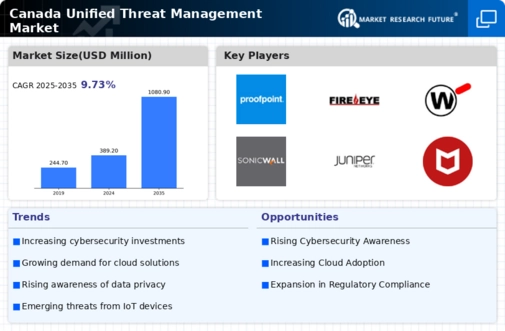
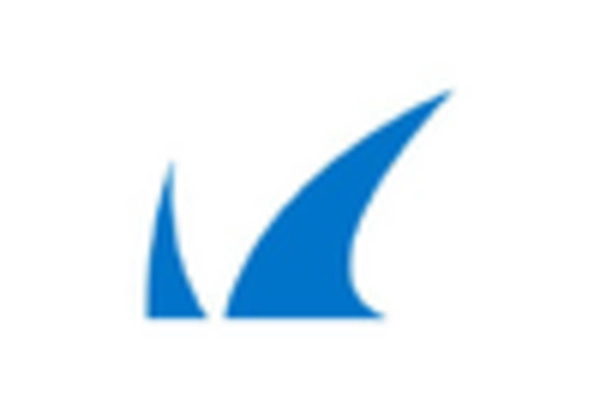
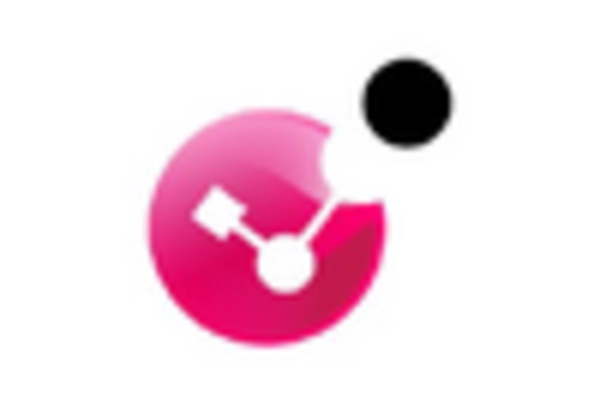

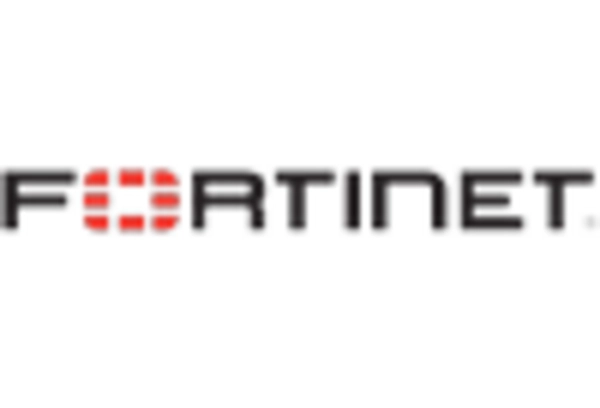

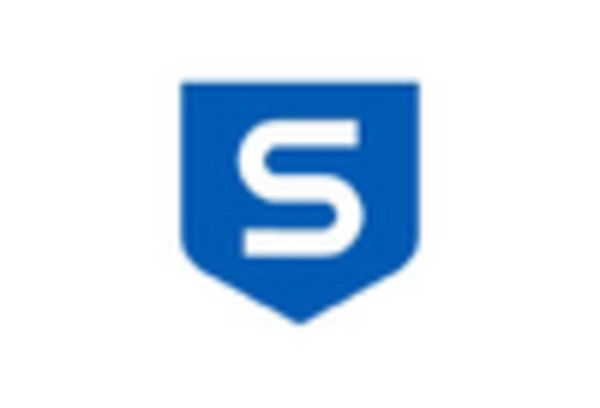








Leave a Comment